QinetiQ has once again supported and hosted ‘At Sea Demonstration/ Formidable Shield’ (ASD/FS), the latest US-led NATO training exercise at MoD Hebrides, Scotland.
Responsible for modernising the base to enable the exercise to take place, QinetiQ say they worked closely with international partners within NATO and made a significant contribution to allies’ abilities to deliver against future threats.
According to a news release:
“Following the last Formidable Shield exercise in 2019, QinetiQ was tasked with upgrading many of the facilities within the MoD Hebrides range in advance of this year’s exercise. A significant number of USA-funded infrastructure investments were delivered, including the building of a new Ammunition Processing Building. Additionally, an existing launch pad was refurbished and upgraded to support the firing of the new GQM Coyote supersonic sea skimming target which was used in the training exercise. This was both the first time the target had been launched from UK soil and that NATO allies had the ability to experience and test their combat responses to it.
Over 3,300 personnel, 16 ships, and 31 aircraft joined together from 10 NATO nations to take part in the U.S. SIXTH Fleet and Maritime Theater Missile Defense Forum’s (MTMD-F) ASD/FS21. Participants from Belgium, Denmark, France, Germany, Italy, The Netherlands, Norway, Spain, the United Kingdom and the United States, worked together to test their ability to track, identify and ultimately destroy incoming threats, including testing Integrated Air and Missile Defence (IAMD).”
Captain Philip Tilden, Head of Above Water Battlespace Capability for the Royal Navy, was quoted as saying:
“The event was an overwhelming success on many levels, delivering many strategic and operational benefits that strengthened the defence and security of the UK and our NATO partner Nations. This exercise was truly a step-change in complexity and breadth from the previous Formidable Shield exercises, and the geographic split of the exercise between the MOD Hebrides and Norwegian Andoya Space Centre represented a realistic ‘fight tonight’ scenario of long-range offensive Anti-Surface Warfare combined with defensive Anti-Air Warfare of a multinational Maritime Task Group.
In effect, all the nations taking part were able to train as they would fight and demonstrate seamless interoperability by defeating simultaneous attacks from both ballistic and supersonic missiles, all while under Electronic Warfare attack. The Royal Navy was especially pleased to play a significant part with HMS DRAGON, ARGYLL and LANCASTER.
They not only acted as an integral part of the Task Force, but they also carried out essential testing and trials of new equipment and software that will ensure the Royal Navy and NATO continue to field battle-winning capabilities well into the future.“


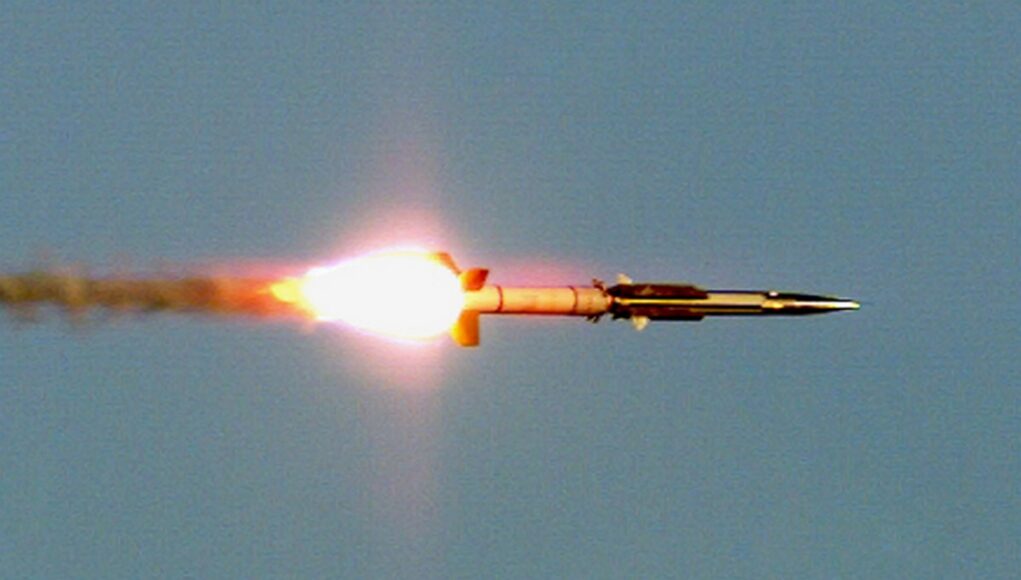
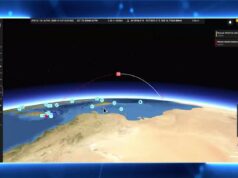
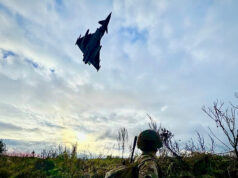

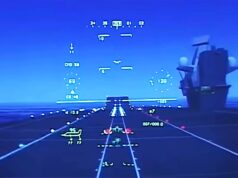
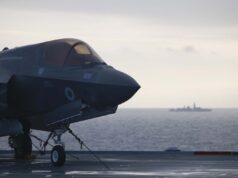

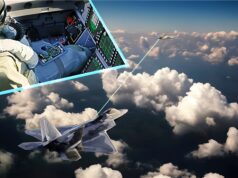
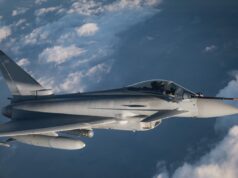
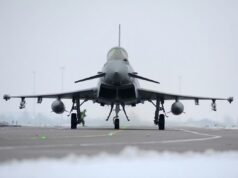
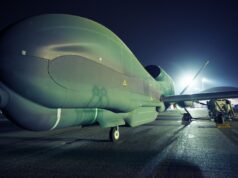

The T45 only gets tasked to take out subsonic sea skimmers in these tests. I would like to see it take out a supersonic target.
Agreed, they have popped down the South Pacific to some american missile range, to see if they can track ballistic missiles. Apparently they did, from very early on, good to see that there capable of it… now just need the physical missiles to take it out!
I think it was either 2019 Formidable Shield exercise or the previous one where they used a MGQM-163 Coyote drone. This drone can travel at speeds up to Mach 4 and can be programmed for a high altitude ballistic trajectory with a diving end game or mimic a supersonic sea skimming missile. Though I don’t believe they were involved in the actual shooting down, just relaying radar data to other ships in the exercise.
See link:
HMS Dragon impresses after fortnight of missile and air attack exercises (mod.uk)
Aster 30 has successfully shot down MGQM-163 in the past. The French Horizon ships have done it.
Some hints from the exercise from https://www.navalnews.com/
Horizon class
“According to the French Navy, the crew of first ship-in-class Forbin intercepted the sea skimming target flying at a speed in excess of 3,000 Km/h (likely a GQM-163A Coyote Sea Skimming Target Vehicle) using an MBDA Aster 30 surface to air missile.”
Royal Netherlands Navy’s HNLMS De Zeven Provinciën Frigate Tracks Ballistic MissileThe Royal Netherlands Navy announced that the SMART-L Multi Mission/Naval radar aboard HNLMS De Zeven Provinciën was used to eliminate a ballistic missile, marking a first in Europe. This was carried out during exercise Formidable Shield 2021.Xavier Vavasseur 31 May 2021
The LCF Frigate achieved a first in Europe thanks to its SMART-L MM/N Radar
According to the RNLN, the new SMART-L Multi Mission/Naval radar can detects ballistic missiles up to 2,000 kilometers away. The ship can then can pass on the tracking and detection data to other sea-based or land-defense BMD assets, including U.S. Navy’s warships, that can deal with a ballistic missile threat.
A number of Leonardo technologies were on-board the Italian Navy’s Antonio Marceglia, the eighth frigate to be delivered under the FREMM (European multi-purpose frigate) programme. This included the Kronos MFRA (Multi-Function Radar Active) 3D radar that can locate, classify and track targets within a 250km radius. The Kronos MFRA was able to locate ballistic missiles in flight as they reached speeds of over 1,800m/s and accelerated at over 6G, and continued tracking the missiles over 200km. At the trial, the frigate also made use of its MDLP-EVO (Multi Data Link Processor) communication system to exchange tactical data, while its IFF (Identification Friend or Foe) system, updated to the NATO Mode-5 standard, helped distinguish between allies and potential threats.
The Israeli Black Sparrow has also been shot down by ASTER 30. It simulates a medium/short range ballistic missile.